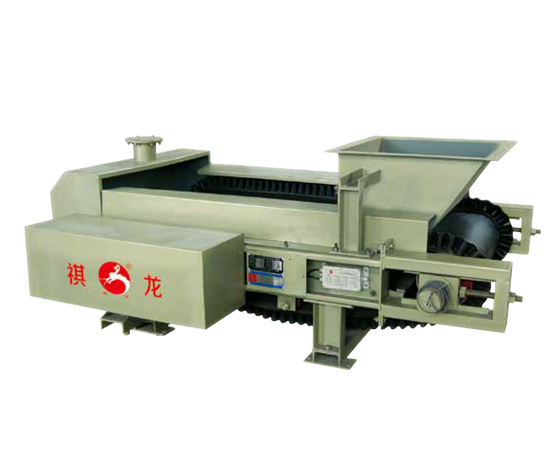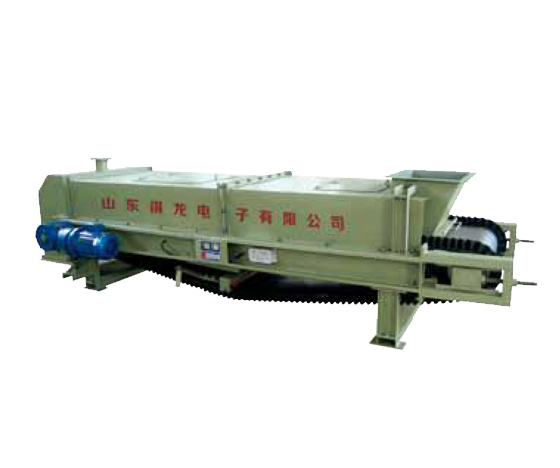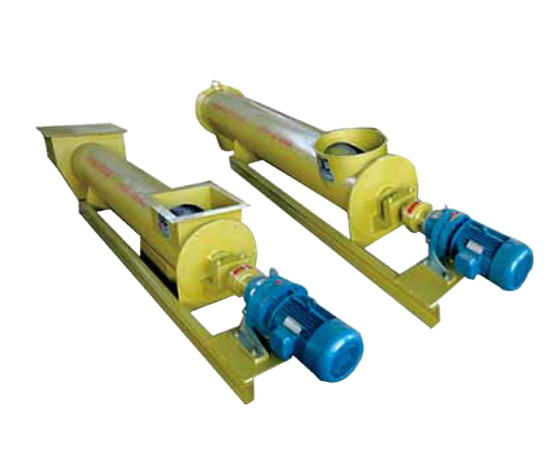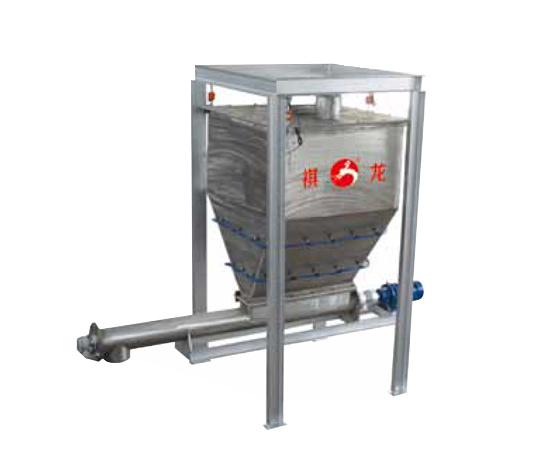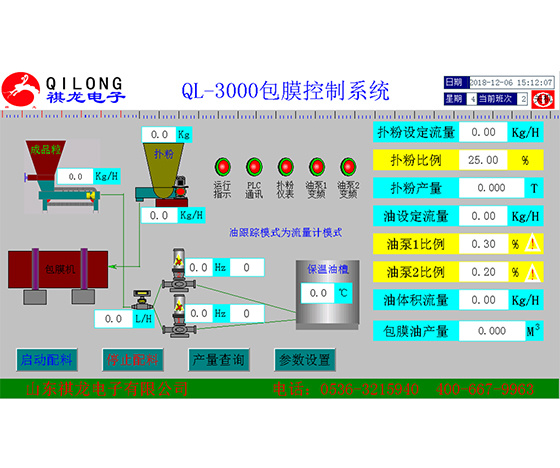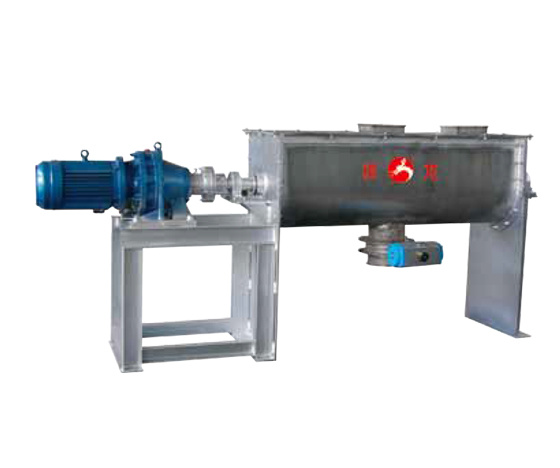04
2022
-
08
Power battery safety issues are high: the pursuit of high energy density is still a major trend
The development of the 811 battery is the fate of the lithium battery. Whether or not it is worried about safety

The development of the 811 battery is the fate of the lithium battery. Whether or not it is worried about safety, it cannot prevent the energy density from going forward. This is the trend of the industry and also the market demand.
Frequent electric vehicle safety accidents have sounded the alarm for new energy vehicles that are triumphant.
According to the public opinion information held by the General Administration of Market Supervision, there have been more than 80 electric vehicle fire accidents since 2018. The frequency of accidents is on the rise, which has attracted the attention of relevant departments.
On June 17, the Ministry of Industry and Information Technology issued the "Notice on Conducting the Investigation of Hidden Dangers of New Energy Vehicles", requiring enterprises to conduct accident investigations on vehicles that have a fire accident, and to conduct investigations on concealment or failure to cooperate with accident investigation. Punishment; if there is a product defect, the production enterprise shall take the initiative to file a recall with the competent department.
The Ministry of Industry and Information Technology clearly stated that new energy vehicle manufacturers should assume the first responsibility for vehicle safety. In addition, the Ministry of Industry and Information Technology also requires that car companies increase the proportion of inspections for vehicles with more power battery failures. It is recommended to check the visual inspection of the power battery, software diagnosis, air tightness test, and unpacking inspection.
The cause of electric vehicle accidents is extremely complicated, but the power battery of electric vehicles is the focus of investigation, which also reflects the importance of battery safety. Of course, the protection of battery safety is a complicated project. In addition to car companies, battery companies should also actively participate.
It is worth noting that on June 24, the Ministry of Industry and Information Technology issued a notice stating that in order to further implement the spirit of the Party Central Committee and the State Council on transforming government functions and deepening the reform of “distribution services”, our Ministry decided to since June 21, 2019. From the beginning of the day, the "Regulations on the Standards of Automotive Power Battery Industry" (hereinafter referred to as "Regulations") shall be abolished, and the first, second, third and fourth batches of enterprise catalogues meeting the requirements of the specifications shall be abolished at the same time.
The "Regulations" issued by the Ministry of Industry and Information Technology in March 2015 clarified the requirements for the production of power batteries, and only new energy vehicles that meet the "standard conditions" of enterprise power batteries can be used to board the "new energy vehicles." Promote the application of recommended models catalogue, get new energy subsidies.
“The time for this form has been published for a long time. Some of the companies in the four batches that meet the specifications have gone bankrupt or no longer exist.” On June 23, Yu Qing’s secretary-general of the Zhongguancun New Battery Technology Innovation Alliance A 21st Century Business Herald reporter said.
Some insiders told reporters that the effect of the corporate directory is not obvious. It is still unclear whether the new list will be released after the old specifications are abolished. However, the industry standard management of the power battery industry will be further strengthened in the future, but the focus will be on things. In the post-event supervision aspect. In addition, this also released an important signal: welcome foreign-funded batteries such as Japan and South Korea to enter the Chinese market and encourage the market to play a leading role.
Nearly 30% of accidents occur while charging
"The most important issue of the power battery now is the safety issue. The development prospect of the power battery industry is very broad, but we must solve the safety problem." On June 23, the Chinese Academy of Sciences and the Executive Vice President of the China Electric Vehicle 100-member Association Ouyang Minggao 2019 China (Qinghai) Lithium Industry and Power Battery International Summit Forum said.
The Power Battery Summit held in Xining in June is the vane of the lithium battery industry. In the past few years, the battery industry has explored the technical route of ternary and lithium iron phosphate, to the structural overcapacity of the controversial power battery and the lack of high-quality capacity. Today, safety is once again the most important position in the development of the industry.
On June 23, Zeng Mu, executive vice president of the German motor vehicle safety testing company Dekai Group and president of East Asia and South Asia, told the 21st Century Business Herald that for the safety of the industry, not only the car companies, but also the battery companies must be safe. The guarantee needs to bear a lot of responsibility.
The 21st Century Business Herald reporter learned through communication with many battery companies that in fact, battery companies attach great importance to the safety of batteries. However, in the process of high-speed iterative development of battery technology, the battery energy density has been continuously improved, and higher requirements have been placed on the safety of the battery.
Ouyang Minggao said that safety accidents are a fatal hidden danger in the development of new energy vehicles, and the essence of new energy safety accidents is that the battery is out of control.
There are two main causes of thermal runaway: one is the mechanical and electrical incentives (caused by acupuncture, collision, etc.), and the other is the electrochemical incentive (overcharge, fast charge, spontaneous short circuit, etc.), after the battery cell is out of control The adjacent cells are then spread over a large area, eventually leading to a safety accident.
"A recent analysis of charging accidents shows that the main reason is that improper battery charging or overcharging causes lithium to dephosphorize, resulting in a large drop in thermal runaway temperature, from 219 ° C to 107 ° C, and violent reaction with the electrolyte, the battery at 107 ° C Thermal runaway occurred." Ouyang Minggao said.
According to Ouyang Minggao, statistics on new energy vehicle accidents show that the rate of accidents when charging electric vehicles is large. In 2018, the proportion of new energy vehicle accidents during charging reached 29%, close to 30%. The proportion of accidents involving standing, driving, and wading was 14%, 14%, and 10%, respectively.
The causes of safety accidents during charging include: improper battery charging caused by lithium battery charging, rapid decay of battery life, poor thermal stability, low level of safety design of charging function, and irregular data communication during charging process;
Wang Binggang, head of the national new energy vehicle innovation project project team, is also cautious about fast charging technology. He believes that high power fast charging may bring greater risks to the current fragile power battery safety. It will also bring some loss to the battery life.
Zeng Mu believes that electric vehicle and power battery safety should not only pay attention to the design level, but also pay attention to the guarantee function of detection and verification. “Enhancing battery management can help reduce safety hazards. Functional hardware issues, endurance issues, usability issues, battery compatibility issues, and reliability issues are all safety concerns that should be addressed.”
Looking forward to the future of the industry, Ouyang Minggao believes that the energy density of lithium-ion batteries will continue to increase, the energy density of 300Wh/kg has been reached, and the increase in volume and energy is an irreversible trend.
"In this case, the technical requirements for safety prevention and control will become higher and higher. We must focus on solving the safety problem of lithium-ion batteries and develop a safer lithium battery to ensure the smooth development of the electric vehicle industry." Ouyang Minggao said.
Safety can't stop the increase of energy density
Although it is a general trend to increase energy density and pursue high endurance, in the view of Wang Nianju, executive vice president of Tianjin Lishen Co., Ltd., it is difficult to reconcile energy density with safety.
“The subsidy cycle is once a year, which does not match the product development cycle. In order to improve the energy mileage to improve the cruising range, many companies have shortened the development cycle and the products have not been fully verified.” June 23, a battery Senior executives told 21st Century Business Herald.
According to the 2018 new energy vehicle subsidy standard, the amount of electric vehicle subsidies is directly linked to the energy density. In order to obtain higher subsidies, the energy density of the passenger car battery system needs to reach 160Wh/kg. The subsidy policy of 2019, due to the subsidies received by new energy vehicles, directly affects its market competitiveness. The whole vehicle enterprise has greater demand for high energy density. The head battery enterprise can keep up with the trend faster because of its stronger research and development strength, but some battery companies that are not strong in R&D technology can only be eliminated from the market. Catch the ducks on the shelves."
"In the case of faster technology updates, the past few years have changed almost every year, with new products every year, and the life cycle is only one year." Yang Xuan, chairman of Guoxuan Gaoke Materials Co., Ltd. said.
Under this circumstance, some car companies and batteries are blindly pursuing energy density, but in fact their ability to ensure safety has not kept up with the pace of technological progress.
"Speeding iteration is a fuel for safety performance. It is a misunderstanding of Moore's Law. In the past, fuel cars usually had one car for three years. New energy vehicles have many very different conditions, but we ask it to iterate every year, which leads to The overall safety issue has not been solved very well," said Li Yunfeng, chairman of Polyfluoroethylene New Energy Technology Co., Ltd.
He told the 21st Century Business Herald that the cycle of power battery development verification to application should ideally be around 3 years. However, he also said that by 2020, battery iterations are not as demanding as before, and the safety issue may be somewhat relieved for enterprises.
According to the subsidy policy of 2019, although the threshold of battery energy density was raised from 105Wh/Kg in 2018 to 125Wh/Kg, the upper limit of the index was not increased, still 160Wh/Kg. A clear principle is: technically advanced, reliable in quality, and secure in security.
However, from the perspective of the needs of OEMs, the long-term trend is still to pursue long cruising range and pursue higher energy density.
The power battery "811 era" has arrived. The mass-produced NCM811 battery in Ningde era will be first installed on BMW's plug-in hybrid model and Guangzhou Automobile's new energy pure electric vehicle AION S.
NCM811 battery refers to the positive electrode material of ternary lithium battery. The ratio of nickel, cobalt and manganese is 8:1:1. Compared with the common NCM523 and NCM622 batteries on the market, the nickel content is increased and reduced. The amount of cobalt and lithium.
The increased proportion of nickel increases the energy density, but it also brings more intense electrochemical reactions that affect the safety of the battery. However, due to the reduced amount of cobalt, the NCM811 battery will also significantly reduce the price of the battery, which is very attractive for car companies.
The application of the 811 battery has raised higher security requirements for both car companies and battery companies. However, if the Ningde era applied batteries to mass production models, it would inevitably bring huge market pressure to other battery companies and had to be forced to speed up their product rhythm.
"Although the 811 battery in the Ningde era was developed early, it must have been verified for a long time, but now the industry is still full of concerns about the 811 battery. The industry is more worried that some other companies are shoddy in order to grab the market. Bringing batteries with unclear security verification to the market." A battery company told 21st Century Business Herald.
He emphasized to reporters that electric vehicle companies need to have discriminative power. At the same time, they must match the safety management of the battery management system and leave more redundancy to ensure the safety of the entire power battery system.
"Developing 811 batteries is the fate of lithium batteries. Whether or not you are worried about safety, you can't stop the energy density from going forward. This is the trend of the industry and the market demand." On June 23, Wang Nianju said in an interview with the 21st Century Business Herald. .


